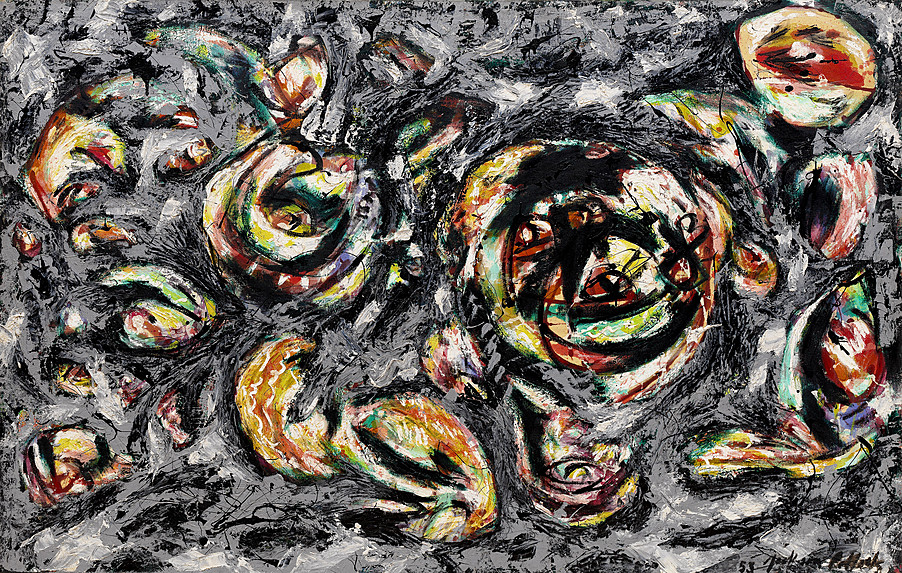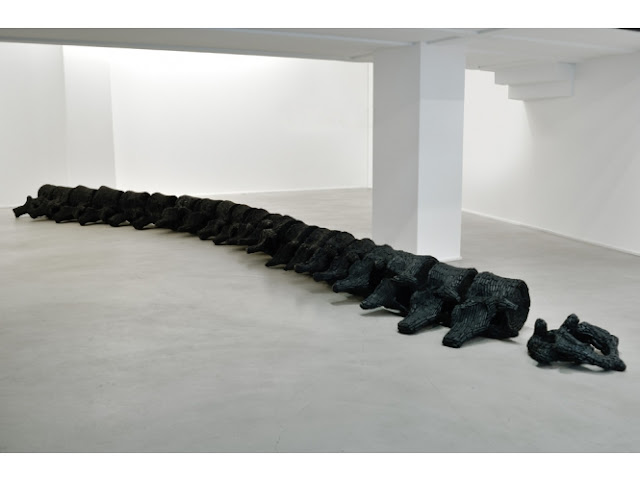Artville artist of the day: Andy Warhol
Title: Queen Elizabeth II From Reigning Queens
Year: 1985
Medium: Prints and Multiples, screenprint
Size: 39.5 x 31.5 in. (100.3 x 80 cm.)
Andy Warhol (American, 1928–1987), born Andrew Warhola in Pittsburgh, PA, was an iconic and versatile Pop artist. After studying design at the Carnegie Institute of Technology in Pittsburgh, Warhol moved to New York City in 1949 to pursue a career as a commercial artist. Though successful, Warhol wanted to be an independent painter, and in the early 1960s began to create paintings based on advertisement imagery. Shocking in its embrace of "low art" and its detachment from emotion, his early work quickly brought him fame, as he produced the now infamous series of Campbell’s Soup Cans, Disasters, Electric Chairs, and celebrity portraits (Marilyn Monroe, Jackie Kennedy, and Elvis Presley were among his subjects), with commercial techniques such as screen printing and stenciling. As his fame grew, Warhol built a studio called The Factory on 47th street in New York City, and collected a group of eccentrics he called the "Superstars", with whom he created a number of experimental films, such as Sleep, Chelsea Girls, and Empire, which were often banned by the police for their vulgarity.
In 1968, Valerie Solanas, a former member of Warhol’s entourage, attempted to kill the artist and others outside of The Factory. Narrowly surviving, Warhol withdrew from his bohemian circle and occupied himself in the 1970s creating celebrity portraits, which brought him considerable earnings, but weakened his critical approval. With Gerard Malanga, Warhol also founded Interview magazine, which is still in print today. In the 1980s, however, Warhol’s work was revitalized by collaborations with younger artists, such as Jean-Michel Basquiat, Francesco Clemente, and Keith Haring, and he produced renowned series of paintings such as The Last Supper.
Warhol died in 1987 due to complications following an operation. As per his desire, the Andy Warhol Foundation for the Visual Arts was established after his death.
Courtesy: www.artet.com
#artvilleartistoftheday #andywarhol #screenprints #prints #art #artville















